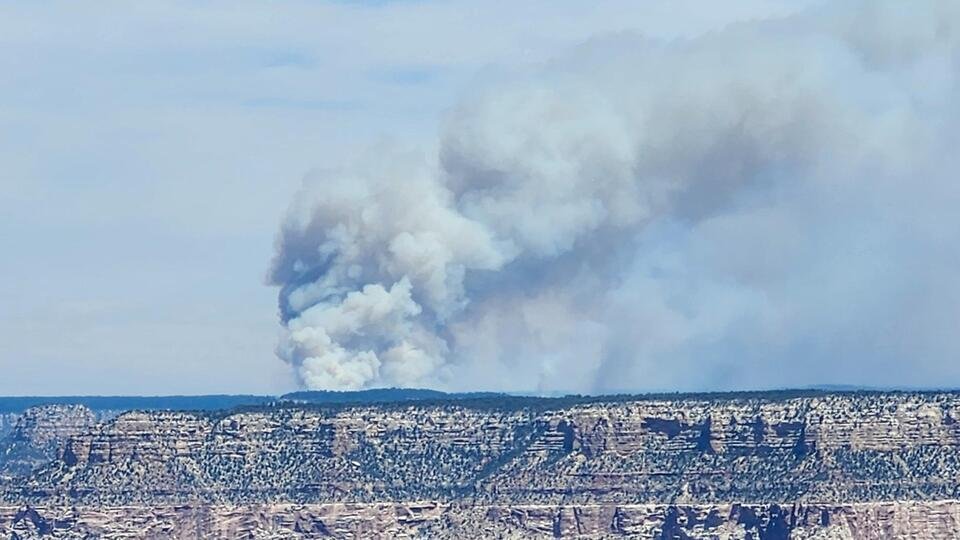Dragon Bravo Fire Update
As reported by Arizona Weatherman, the Dragon Bravo Fire in the North Rim of the Grand Canyon has been burning for more than a month now. It ignited on July 4, 2025, and as of August 6, it continues to rage on, having scorched over 126,000 acres. This fire is categorized as a megafire, which refers to any fire surpassing 100,000 acres. Remarkably, it’s currently the largest fire in Arizona and is creating its own unique weather patterns. Fire containment stands at around 13%, with over 1,200 firefighters actively battling the blaze.
Recently, humidity levels in the area have been quite low, often dropping below 10%. Coupled with winds gusting between 35 and 50 mph, conditions have been ripe for intense fire behavior. The extreme heat generated is contributing to localized meteorological effects known as microclimates. With large-scale convection activities, you see swirling columns of rising air, which can lead to the formation of peculiar cloud structures. In rare instances, fires can even create fire whirlwinds. This peculiar weather can result in unpredictable wind patterns and produces massive smoke plumes that extend several miles from the flames. On August 4, an image captured displays the extent of the fire alongside its smoke plume.
Additionally, temperatures cool during the night, which causes the morning air to sink down into the canyon. This pushes some smoke into lower areas, leading to hazy conditions near the canyon’s edge. For instance, on the morning of August 3, Arizona Weatherman observed lingering smoke near Hermit’s Rest after hiking into the canyon. These conditions persisted throughout the day, affecting visibility and air quality. Firefighters are still engaged in the battle against the fire, and many trails on the South Rim are currently closed, alongside the closure of the North Rim. It’s important to note that temperatures at the canyon’s base can be dangerously high, making hiking risky due to not just the heat but also the poor air quality.
Arizona Weatherman is a seasoned meteorologist with over 25 years of experience in aviation weather, which includes work with the US Air Force and various government contracts. His credentials also include state accreditation as a STEM teacher, and he trains Special Operations Weather Engineers (SOWTs) in meteorological techniques. His insights and forecasts are generally seen as reliable.







